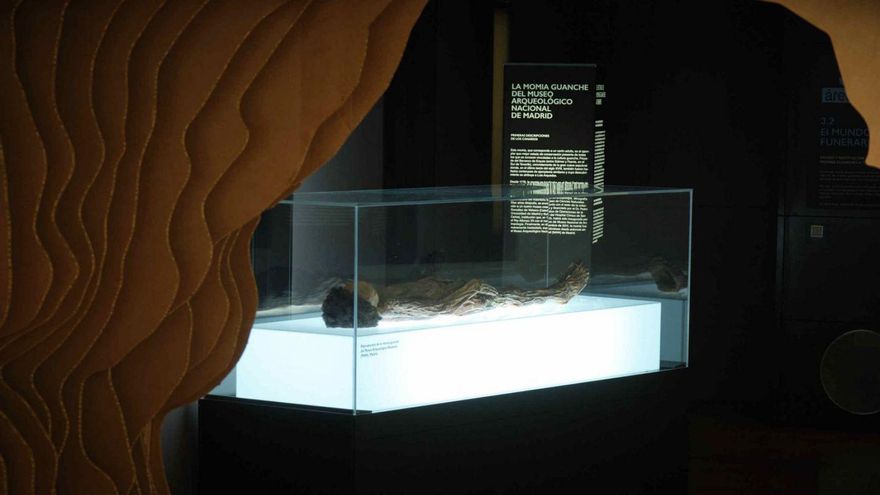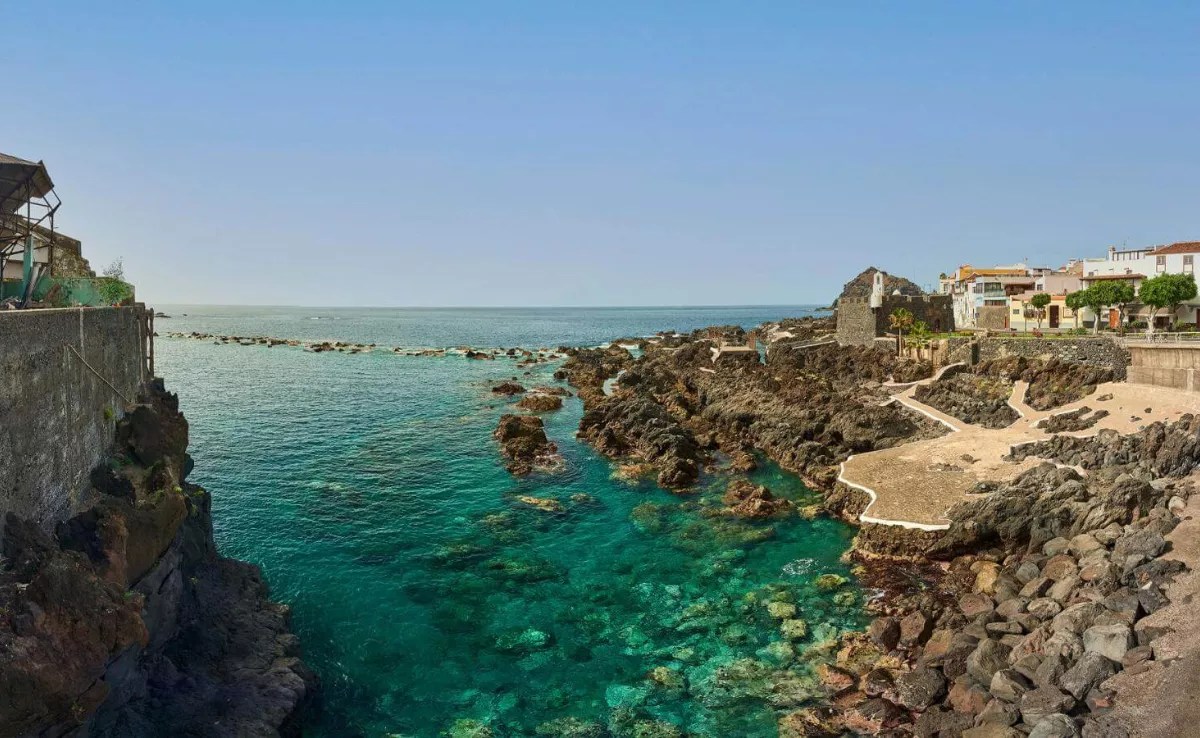
«A fair, logical, responsible, and timely claim». That is how the Culture and Museums councillor of the Cabildo of Tenerife, José Carlos Acha, sums up the eighth request to the state for the return to the island of the indigenous mummy of Herques that is located in the National Archaeological Museum of Madrid. Vice President of the island Corporation, Tourism councillor, and leader of the Popular Party, Lope Afonso, revealed this to EL DÍA. Acha will be in charge of formalizing the request in a few days, in which he explains, «the idea is to propose the exchange of the xaxo – original mummy in Guanche – for the faithful replica from the Museum of Nature and Archaeology (MUNA)».
The MUNA would be precisely the chosen place to house the remains of Jacinto, as it is popularly known. Acha, a History graduate, values them: «The mummy is an important piece of heritage for Tenerife as a vestige of the native, Guanche civilization, and, furthermore, it is the xaxo preserved in the best conditions of all those that exist scattered around the world today».
The councillor reflects on its post-vital journey. He acknowledges that «it was a gift, at that time, to King Carlos III from the island’s elite» and that, «possibly, for a long time, the correct conditions for its preservation did not exist in Tenerife». However, he points out, «for more than a decade now, we have been at the forefront of research and the exhibition of this type of remains». Therefore, he emphasizes that «it is normal for it to come and be here».
Since 1976, Tenerife has already requested the restitution seven times without success, so far. Acha believes that «it has been requested repeatedly, it’s true, and we will do it again now». He sees it as «an outstanding issue» so that «it is exhibited in Canarias». He points out that «the Cabildo has a faithful copy of the xaxo that we can exchange for the original from Madrid and incorporate it into the museum offering as a heritage element of the island».
José Carlos Acha reflects on the importance of exhibiting this specimen in the MUNA: «We must consider that it was part of a necropolis, with many more mummies, in a cave in the Herques ravine, in the municipality of Fasnia». He adds that «for a long time they were used for the strangest things; for example, they were ground into mummy powder and then used in pharmacopoeia».
Acha reflects: «Having such an important ethnographic element in the Peninsula when it could be here makes its recovery essential. Not only as a draw but also due to its context, it must be on the island».
The island councillor concludes: «The next step in the process is to prepare the documents from the Museums department and send them back to the Ministry. I hope that soon we will see the original in the MUNA, which meets all the conditions to house it and for which recovering a symbol of our culture would be a great boost».
















